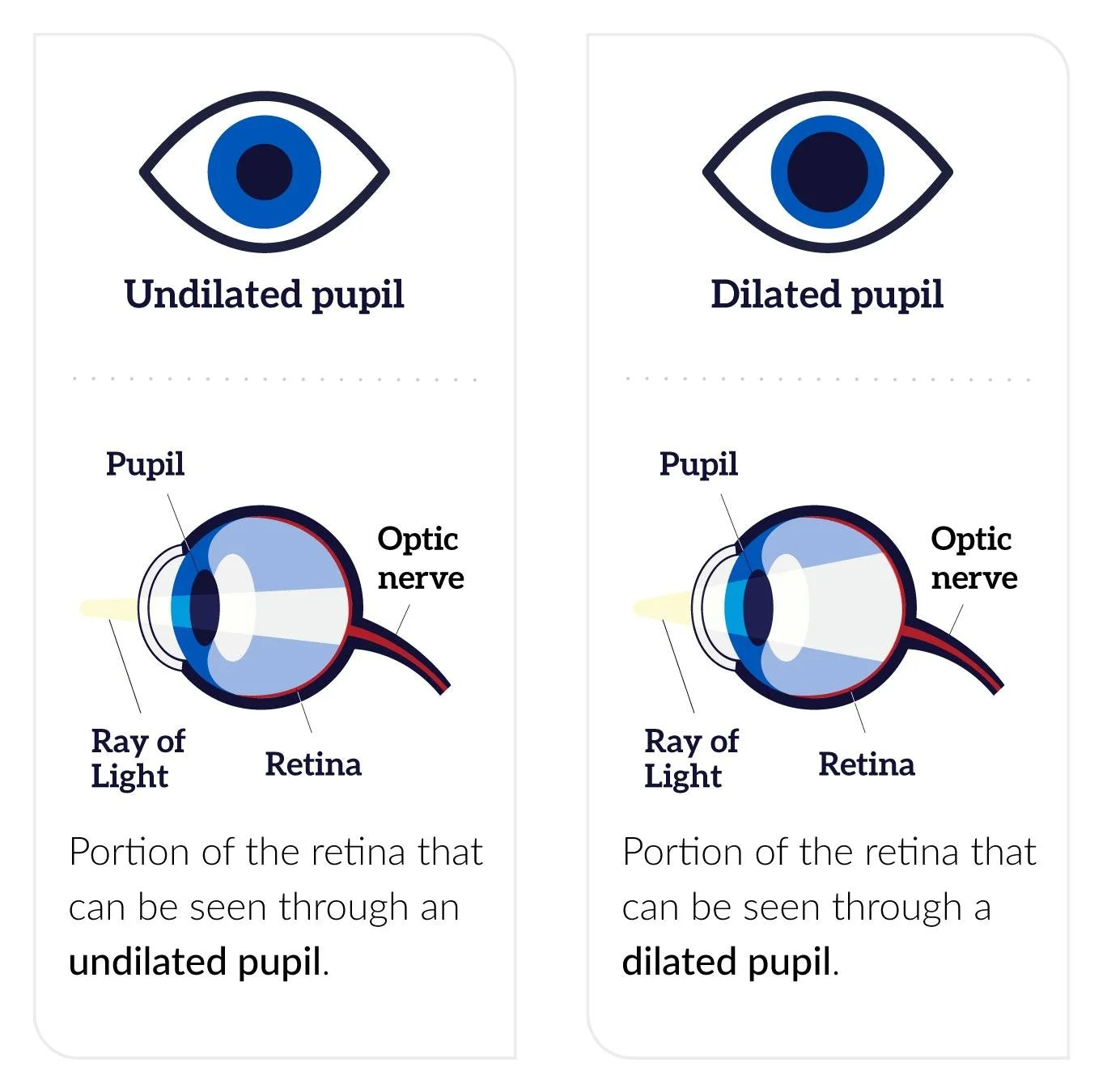
Improving the Access to Eye Examinations in Sub Saharan Africa
Spring 2024
An ophthalmic tool designed to help make fundus examinations more accessible to Sub-Saharan Africa, directly reducing preventable vision loss from eye diseases through early detection and action
The World’s Most Impoverished Region
Sub-Saharan Africa is home to 12% of the global population
Of these inhabitants, 4.3 million people are blind and over 15 million are visually impaired

..and for every 1,000,000 people, there are only 2.5 Opthamologists
Early Prevention is Key
Eye diseases often have no warning signs, a dilated eye exam is the only way to detect these diseases in their early stages.
The leading causes of preventable vision loss in SSA include:
Cataracts
Diabetic Retinopathy
Glaucoma
Unfortunately for many, early prevention is not an option
Rural Living
High risk patients that live in rural Sub-Saharan Africa often hold off on eye examinations until they can make the trip to urban areas that have better infrastructure and the necessary equipment.
The majority of SSA’s population live in rural areas where medical infrastructure is limited and isn’t projected to change anytime soon.
Community Health Workers
Sub-Saharan Africa’s lackluster healthcare infrastructure is a complex problem has been ongoing for years. NGOs and the African Government are aware of this issue and have made strides to improve rural healthcare delivery.

Community Healthcare Workers are average citizens that have undergone training to care for their neighbors
How can we use Community Health Workers to bridge the gap between patients and their access to eye examinations?
Following the initial research phase, I began to ideate with 3 main considerations:
Patient Dignity
in regards to receiving an examination
Device Portability
for Community Health Workers
User Friendliness
while performing examinations the Fundus Lens















